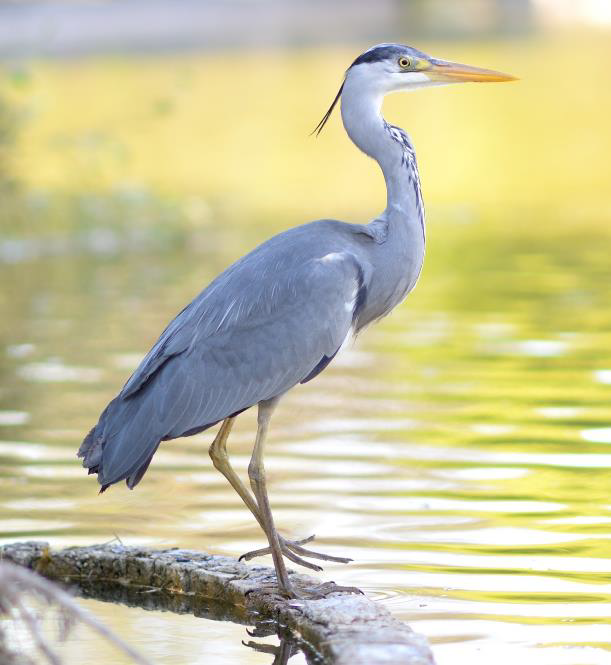© Dr D Dawson and Save Wimbledon Park 2023
Dr Dave Dawson, our local expert environmentalist and ornithologist, visits the lake at least once a month to record the birds. Here he reports on some of the changes since the AELTC made their planning application in 2021.


Dr Dawson is a professional applied environmental scientist, specialising in environmental methodologies. He worked on environment, biodiversity, ecology and nature conservation for London government from 1983 until 2006, when he retired as joint Head of the Mayor of London’s Environment Group.
In the 1980s, he initiated and implemented the, then novel, Sites of Importance for nature conservation and Areas of Deficiency in Access to Nature, and in the 2000s directed work on the Mayor’s Biodiversity Strategy, and other environmental strategies for London. He worked extensively with London local government for biodiversity conservation in statutory planning. He has lived in Wimbledon Park for 40 years, making many ecological studies locally and is skilled in ecological survey methodology.
Little Egrets have been hunted to extinction in Europe. Now protected, they are returning. The first Little Egret was seen at the lake in September 2019, two in February last year and up to four this winter. They usually feed in the shallows of the southern arm of the lake and can be seen perched up in old Crack Willow trees there. It will not be too long before this species tries to breed, if only the AELTC would just spare the trees. They plan to destroy them instead.
In contrast, one could spot one or two Grey Herons on most visits over the last 35 years. Last spring, however, was the first nesting attempt in a tree on the island. This winter there was a pair of Grey Herons at last year's nest and another bird perched up further north in another tree. It is apparent that we now have a heronry on the island, albeit a small one. The AELTC plan to remodel the island, destroying the existing vegetation as they do so.
Like its little cousin, the Great White Egret is protected and recovering, but it is not yet widespread. Dave has seen this species just once, back in August 2017, in a reedbed near to the stadium entrance (photo above left). Doubtless this species will visit more often as its population increases, but the reedbed where it was seen is to be displaced by the AELTC proposed walkway over the lake.
The AELTC plans to replace the wet woodland, shallow water and waterside vegetation used by these birds with a big new reedbed. There is a fashion for reedbeds, and the AELTC claims that the new reedbeds will benefit biodiversity. However, most of the special birds found at reedbeds already occur at the lake. Those that are missing (breeding Bitterns, Bearded Tits and Marsh Harriers) require areas of reedbed larger than the whole lake. The implication that such species will benefit from the proposed extra area of reedbed is misleading. If we wait long enough, we might see a lost individual of one of these species passing through in search of richer pickings, but there is no chance they will come to breed.
None of this is surprising. Wimbledon Park Lake is included within a Site of Borough Importance for nature conservation because its existing habitats prove attractive to herons, and many other species. It’s hard to improve on this quality of habitat, especially when water sports and intensive lawn tennis development make demands on the space that the special species use. By ignoring the existing richness of species, the AELTC proposals are claimed to provide a net gain in biodiversity. The upshot, rather, will be a net loss.
